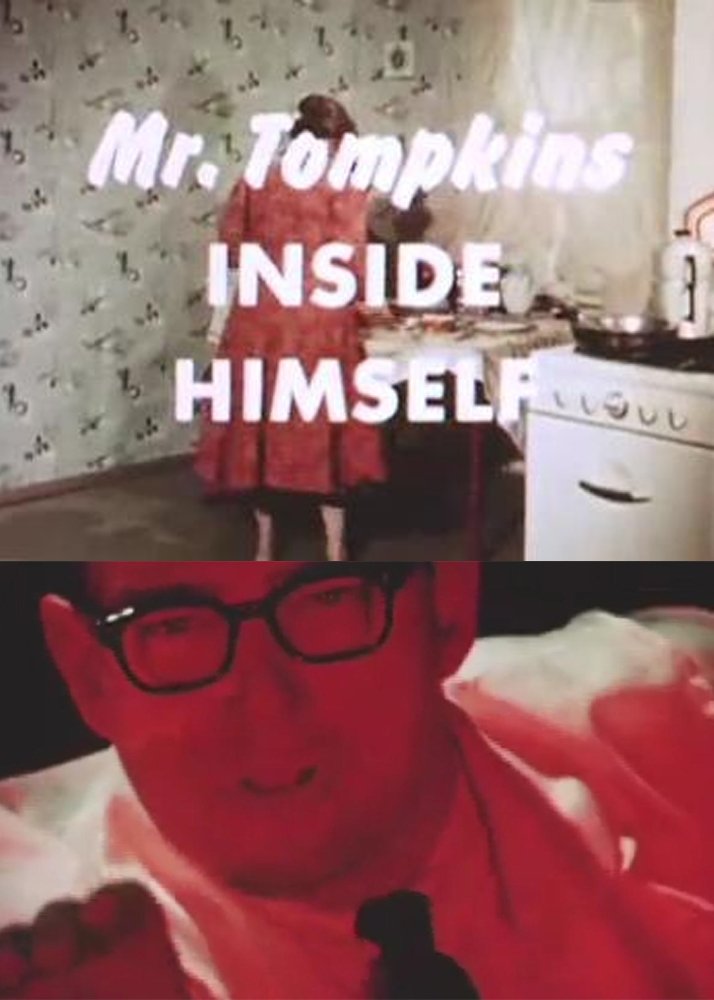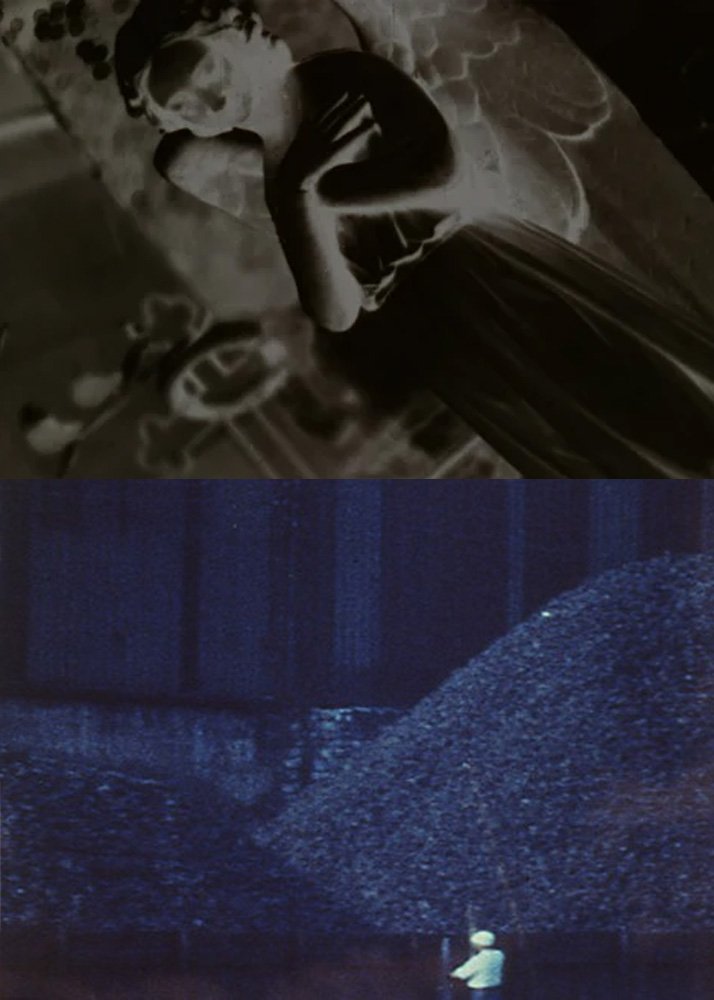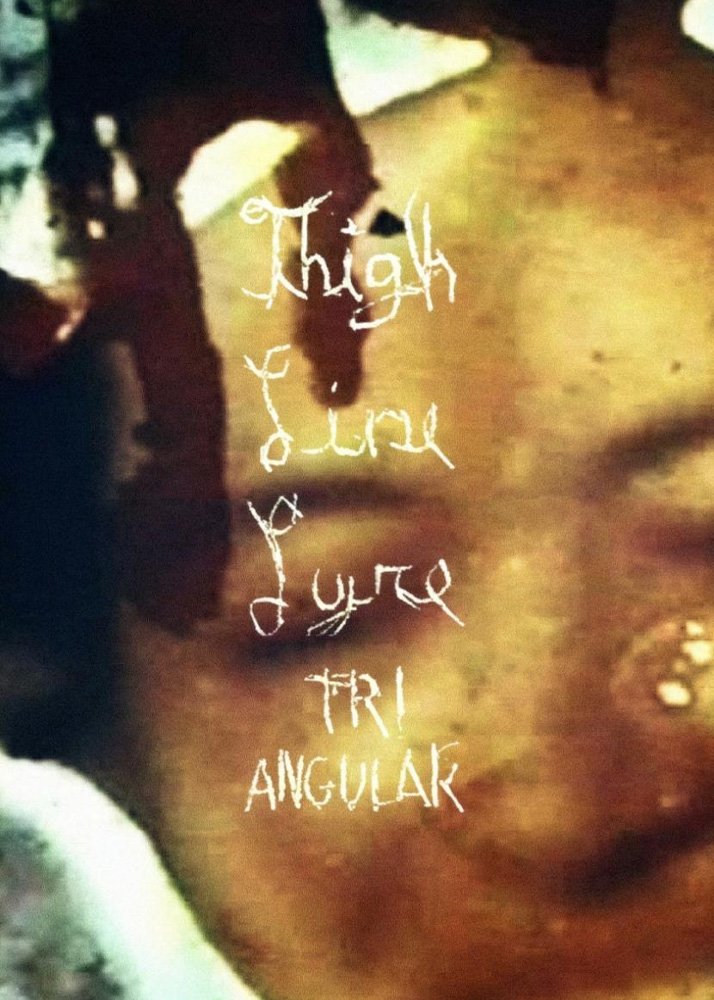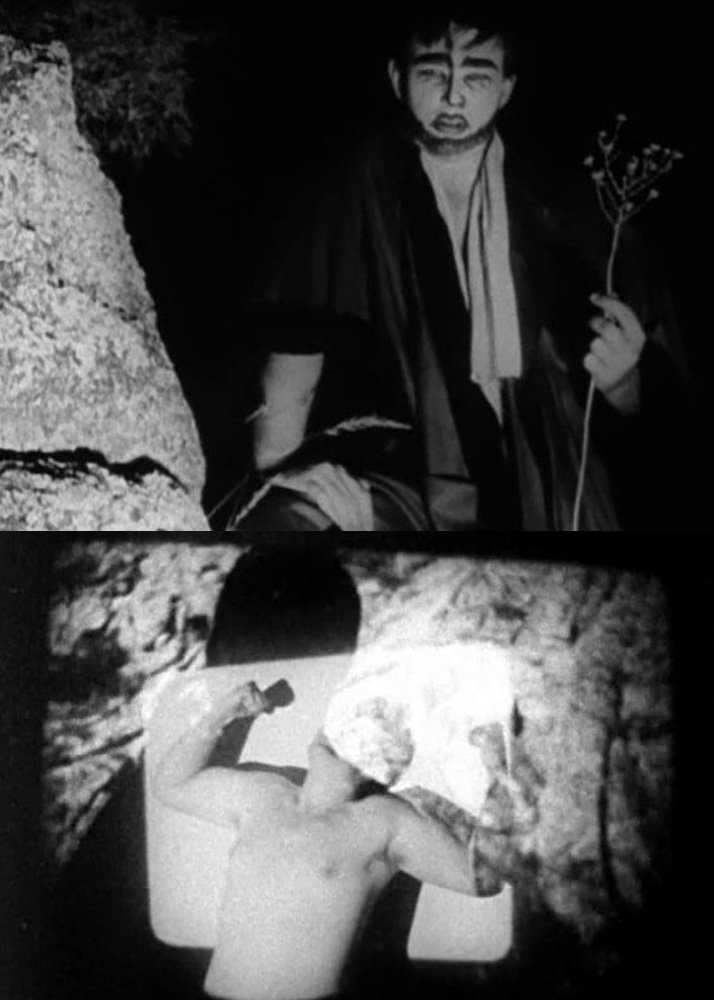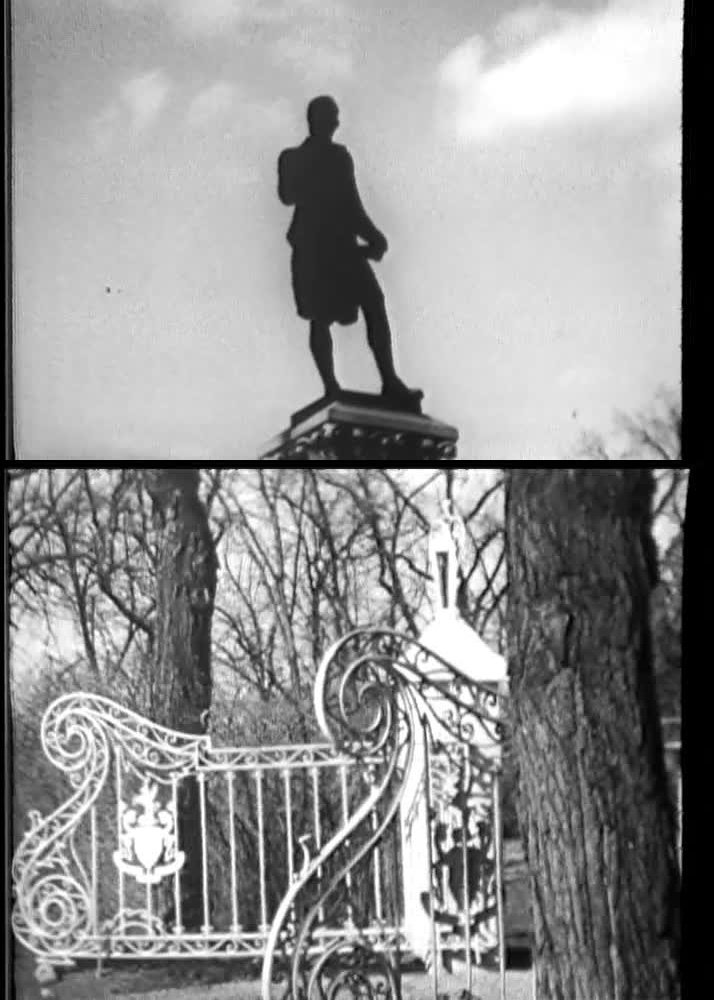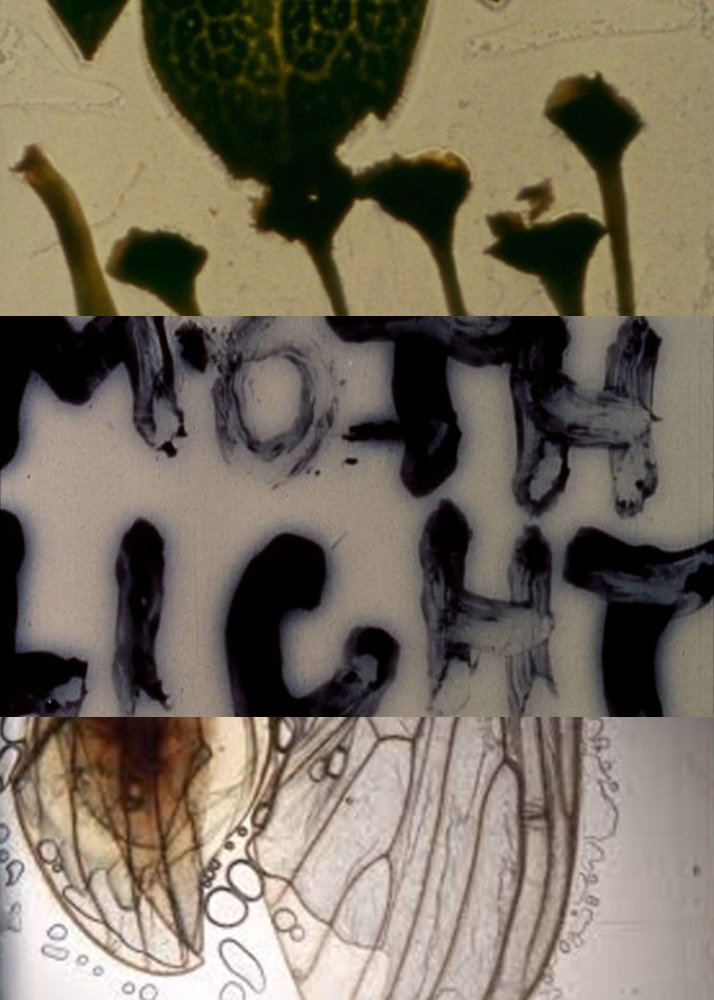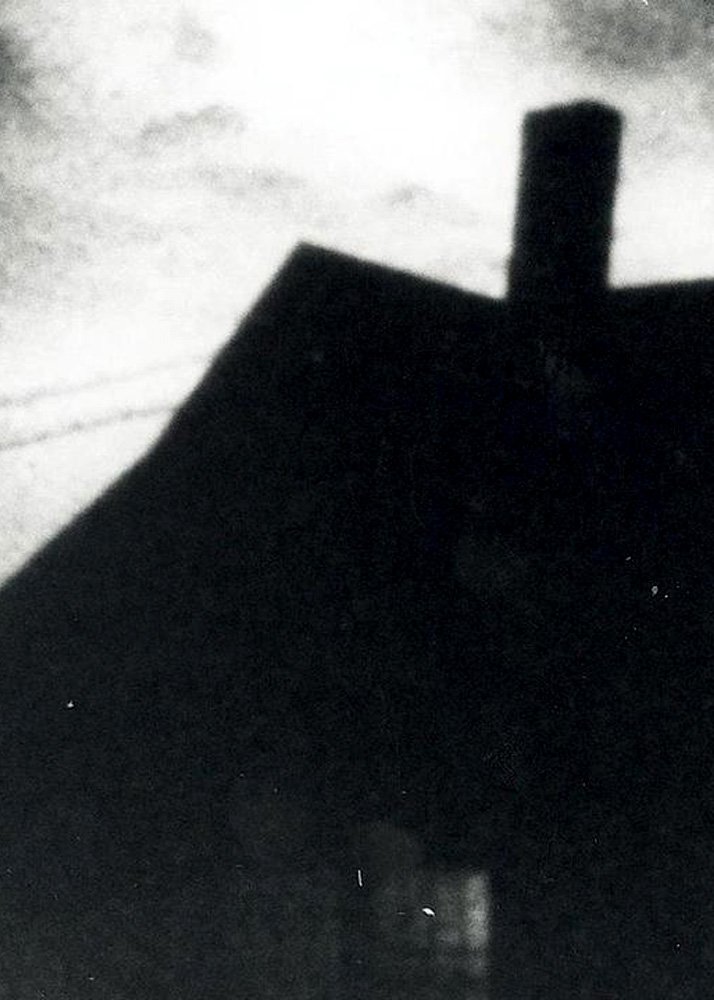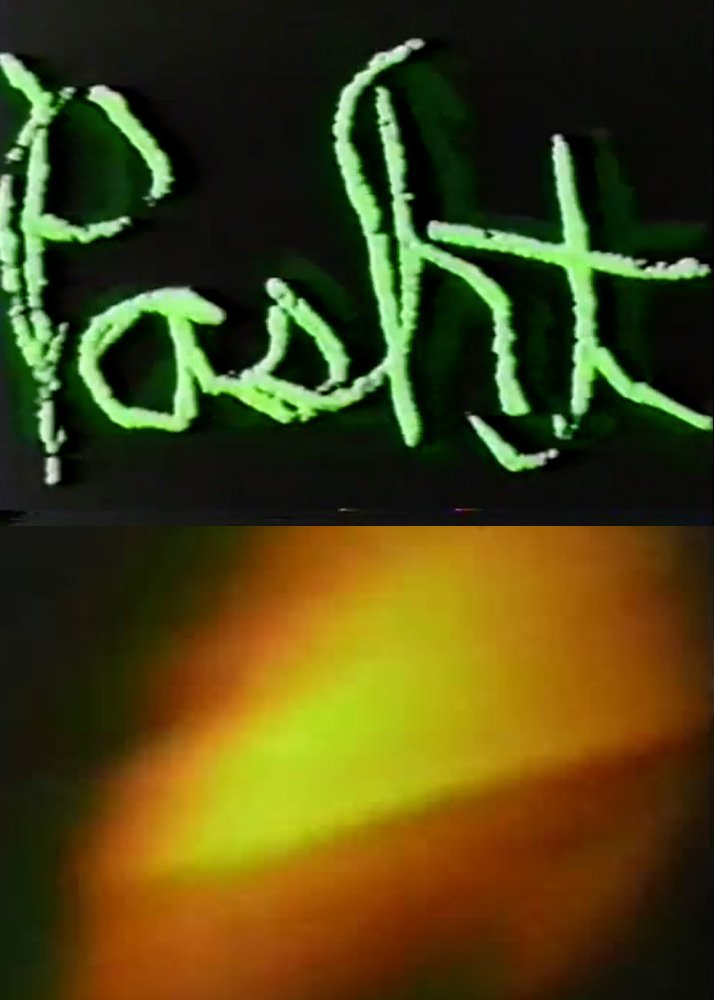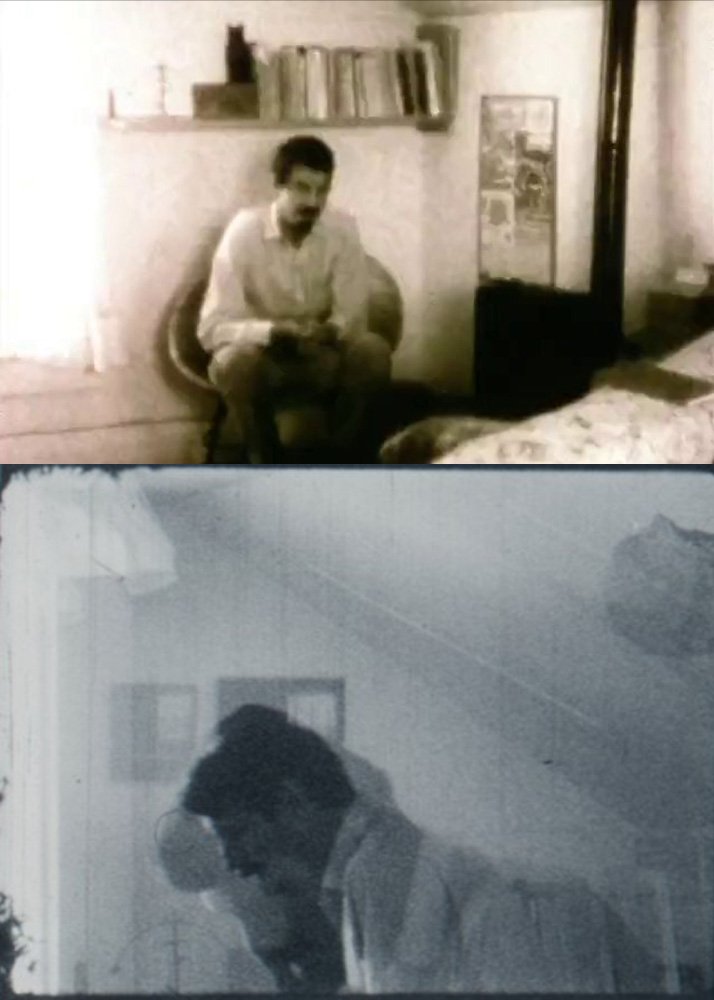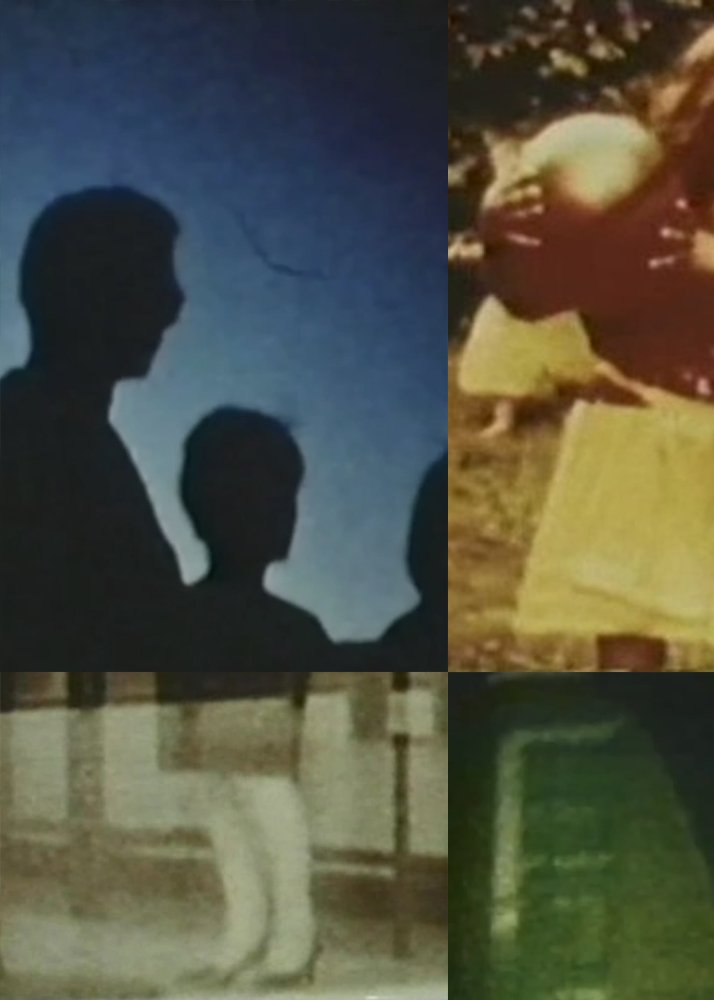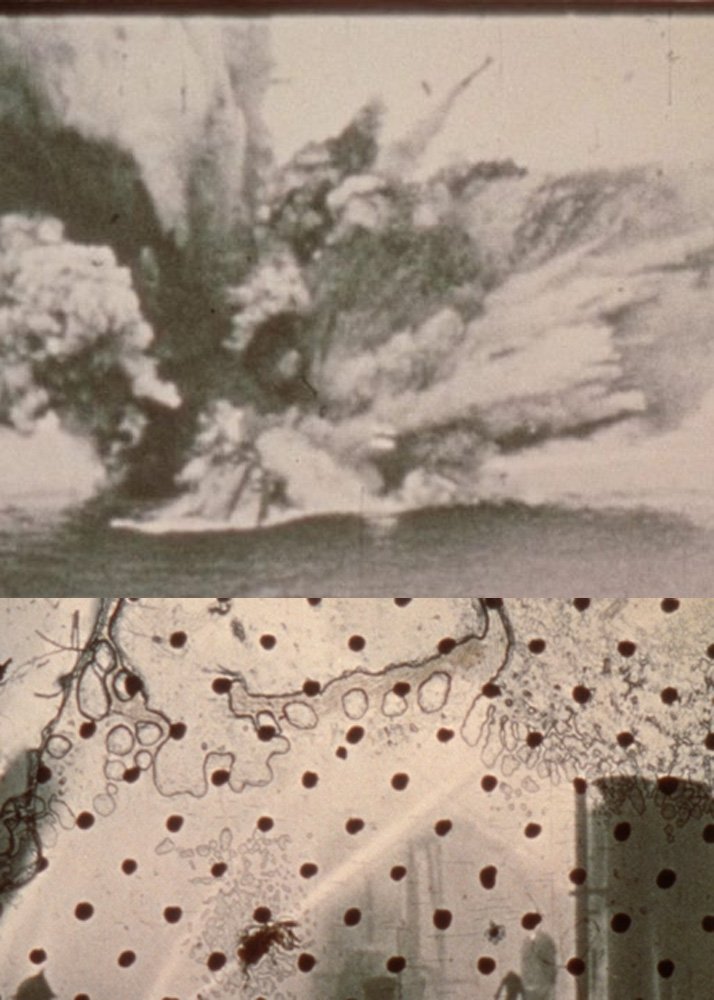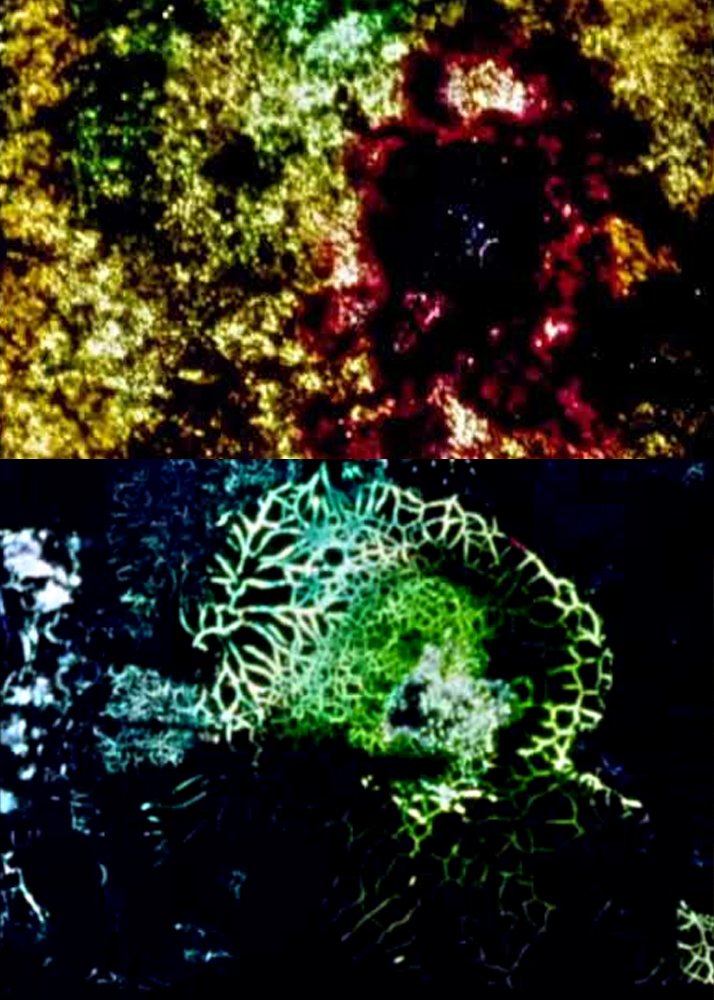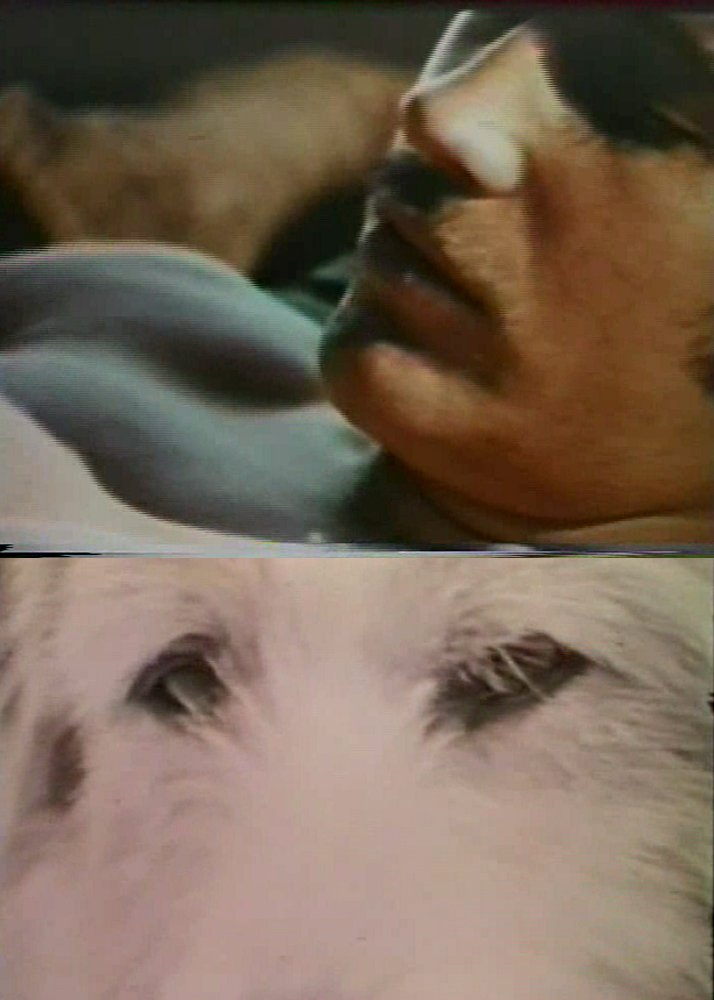Ep# 58 - Stan Brakhage in the 60s
The legacy of Stan Brakhage looms large in the crowded world of 1960s experimental film. His style of filming and editing has become instantly recognizable, as are the themes of nature, bodies, and children that he always circles back to. Having rejected a more conventional lifestyle, inspired in part by experimental artists he met in San Francisco and New York, Brakhage developed his own unique style of filmmaking from a young age – one that dabbled equally in refracted light, microscopic detail, inverted images, frenetic editing and aniline dyes. By the start of the 1960s, Brakhage had already begun to gain popular recognition on the film and arts scene. By the end of the decade, he had solidified his importance as, perhaps, the most influential experimental filmmaker of his century.
In this episode, Bart and Jenna challenge themselves to sit down to watch over five hours worth of largely silent experimental film. Which, funny enough, wasn’t actually as painful to either of them as it might have sounded when they started. For two people who consider themselves to be narrative supremacists, they sure have a lot to say about how to approach Brakhage for the first time and how to interpret his work. Heck, they might have even learned to love him a little bit…
(NOTE: They highly recommend you spend 3 minutes and 13 seconds, respectively, getting a little taste of Brakhage before listening, if you’re coming in completely blind. Though be warned: these pixelated transfers on YouTube are shoddy substitutes for Criterion’s gorgeous HD masters.)
The following films are discussed:
• Mr. Tompkins Inside Himself (1960, 16 mm, 42 mins.)
• The Dead (1960, 16 mm, 11 mins.)
• Thigh Line Lyre Triangular (1961, 16 mm, 6 mins.)
• Dog Star Man: Prelude (1961, 16 mm, 25 mins.)
• Blue Moses (1962, 16 mm, 10 mins.)
• Sartre's Nausea (1962–1963, 16 mm, 4 mins.)
• Dog Star Man: Part 1 (1962, 16 mm, 31 mins.)
• Mothlight (1963, 16 mm, 3 mins.)
• Dog Star Man: Part 2 (1963, 16 mm, 6 mins.)
• Dog Star Man: Part 3 (1964, 16 mm, 8 mins.)
• Dog Star Man: Part 4 (1964, 16 mm, 6 mins.)
• Song 1 (1964, 8 mm, 3 mins.)
• Song 2 (1964, 8 mm, 1.5 mins.)
• Song 3 (1964, 8 mm, 3 mins.)
• Song 4 (1964, 8 mm, 3 mins.)
• Song 5 (1964, 8 mm, 4.5 mins.)
• Song 6 (1964, 8 mm, 2 mins.)
• Song 7 (1964, 8 mm, 2.5 mins.)
• Song 8 (1964, 8 mm, 3.5 mins.)
• Fire of Waters (1965, 16 mm, 7 mins.)
• Pasht (1965, 16 mm, 5 mins.)
• Two: Creeley/McClure (1965, 16 mm, 3 mins.)
• Song 9 (1965, 8 mm, 4 mins.)
• Song 10 (1965, 8 mm, 3 mins.)
• Song 11 (1965, 8 mm, 3 mins.)
• Song 12 (1965, 8 mm, 3 mins.)
• Song 13 (1965, 8 mm, 3 mins.)
• Song 14 (1965, 8 mm, 3 mins.)
• 23rd Psalm Branch (1966–1967, 8 mm, 69 mins.)
• Scenes from Under Childhood (Section One) (1967, 16 mm, 24.5 mins.)
• Eye Myth (1967, 35 mm, 9 secs.)
• Love Making (1968, 16 mm, 36 mins.)
Also mentioned:
• Metaphors On Vision (1963, book by Stan Brakhage)
• Film as a Subversive Art (1974, book by Amos Vogel)
• Visionary Film: The American Avant-Garde 1943-1978 (1979, book by P. Adams Sitney)
• Brakhage (1999, documentary directed by Jim Shedden)
• Stan Brakhage: Filmmaker (2005, book edited by David E. James)
